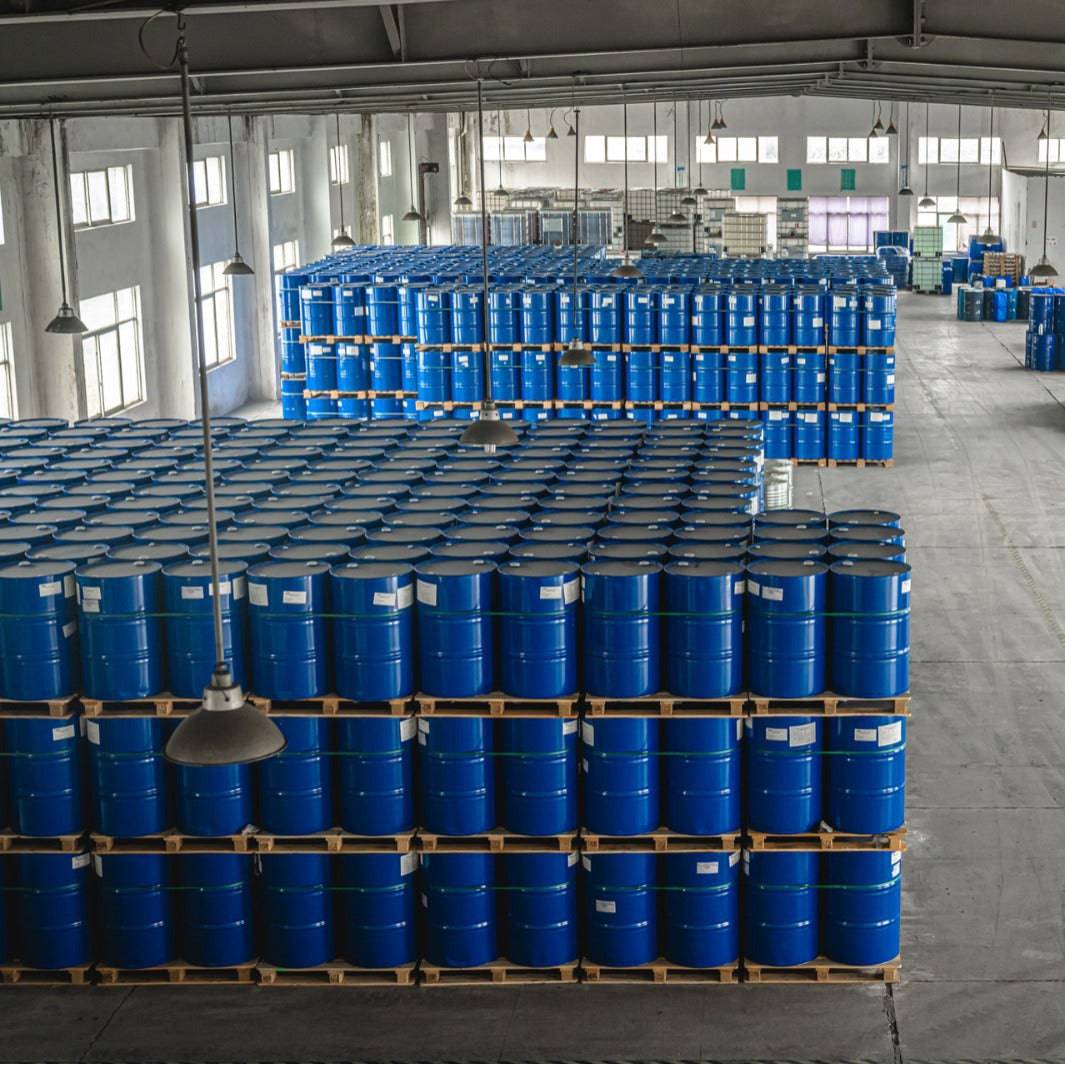More About Chemie
More About Chemie
Blog Article
The Definitive Guide to Chemie
Table of ContentsWhat Does Chemie Do?All about ChemieThe 6-Second Trick For ChemieFascination About ChemieThe Basic Principles Of Chemie The Best Strategy To Use For Chemie
(https://experiment.com/users/chemie999)Calculated modification in electrical conductivity of fluid examples as a function of time when stirred with the material example in the shut indirect cooling loop experiment. Figure 6 reveals the change in the gauged electrical conductivity of the fluid samples when mixed with the material sample. The conductivity of the water example from the closed loophole experiment lowered by about 70% from 11.77 S/cm to 3.32 S/cm in six hours.These results suggested that the ability of the material relies on the test liquid made use of for the experiment. This shows that various ions existing in the fluid will lead to various ion exchange capability of the liquid. For that reason, determining the ion exchange material capability with the fluid sample from the real cooling loophole is very important.
Chemie Fundamentals Explained
An ion exchange material cartridge having 20g of Dowex blended bed material may take on order 938 days to saturate - high temperature thermal fluid. Simply put, to maintain a low electrical conductivity, a material cartridge with the measurement and weight spec as that of the resin cartridge used in the experiment, need to be altered every 30 months for the cooling system that was used in the experiment
The cooling of electronic parts has ended up being a significant obstacle in recent times as a result of the innovations in the design of faster and smaller parts. As a result, different cooling innovations have been developed to successfully get rid of the warmth from these parts [1, 2] Making use of a fluid coolant has actually come to be attractive as a result of the higher heat transfer coefficient achieved as compared to air-cooling.
The 3-Minute Rule for Chemie
A solitary phase cooling loophole consists of a pump, a heat exchanger (cool plate/mini- or micro-channels), and a warm sink (radiator with a follower or a liquid-to-liquid warmth exchanger with cooled water cooling). The warm source in the electronics system is affixed to the warm exchanger. Liquid coolants are additionally made use of in two-phase systems, such as heat pipelines, thermo-siphons, sub-cooled boiling, spray cooling, and direct immersion systems [2, 4]
The demands may vary depending on the kind of application. Adhering to is a listing of some basic requirements: Great thermo-physical homes (high thermal conductivity and particular heat; low thickness; high latent warmth of evaporation for two-phase application) Low cold factor and ruptured point (sometimes burst protection at -40 C or lower is needed for delivery and/or storage space functions) High climatic boiling point (or low vapor stress at the operating temperature) for solitary stage system; a slim desired boiling factor for a two-phase system Good chemical and thermal stability for the life of the electronic devices system High flash point and auto-ignition temperature (sometimes non-combustibility is a demand) Non-corrosive to products of building and construction (metals in addition to polymers and other non-metals) No or very little regulatory restraints (eco-friendly, safe, and possibly biodegradable) Economical The best electronic devices coolant is a low-cost and safe fluid with outstanding thermo-physical homes and a lengthy solution life.
The Facts About Chemie Uncovered
A lot of these liquids have a non-discernible smell and are nontoxic in case of call with skin or intake. As discussed before, aliphatic PAO-based liquids have changed the silicate-ester fluids in a selection of military electronic devices (and avionics) cooling down applications in the last years. One more course of prominent coolant chemistry is dimethyl- and methyl phenyl-poly (siloxane) or typically called silicone oil.
Fluorinated substances such as perfluorocarbons (i.e., FC-72, FC-77) hydrofluoroethers (HFE) and perfluorocarbon ethers (PFE) have specific distinct residential or commercial properties and can be made use of touching the electronic devices [4, 8] Of all, these liquids are non-combustible and non-toxic. Some fluorinated substances have absolutely no ozone depleting possible and other ecological homes.
This coolant is categorized as poisonous and should be dealt with and disposed of with treatment. The high quality of water made use of for the prep work of a glycol solution is extremely important for the system.
The Single Strategy To Use For Chemie

This is a low price antifreeze solution, locating use in refrigeration services and ground source warmth pumps - therminol & dowtherm alternative. This fluid can be used down to -40 C owing to its fairly high price of heat transfer in this temperature variety.
It is considered even more dangerous than ethylene glycol and as a result has found usage just for process applications situated outdoors. Methanol is a combustible liquid and, as such, introduces a potential fire danger where it is stored, dealt with, or used.
Chemie Can Be Fun For Everyone
As a flammable fluid, it calls for specific precautions for taking care of and storage. Liquid solutions of calcium chloride locate large usage as distributing coolants in food plants. It is non-flammable, safe and thermally much more efficient than the glycol options. A 29% (by wt.) calcium chloride solution has a freezing factor below -40 C.

Report this page